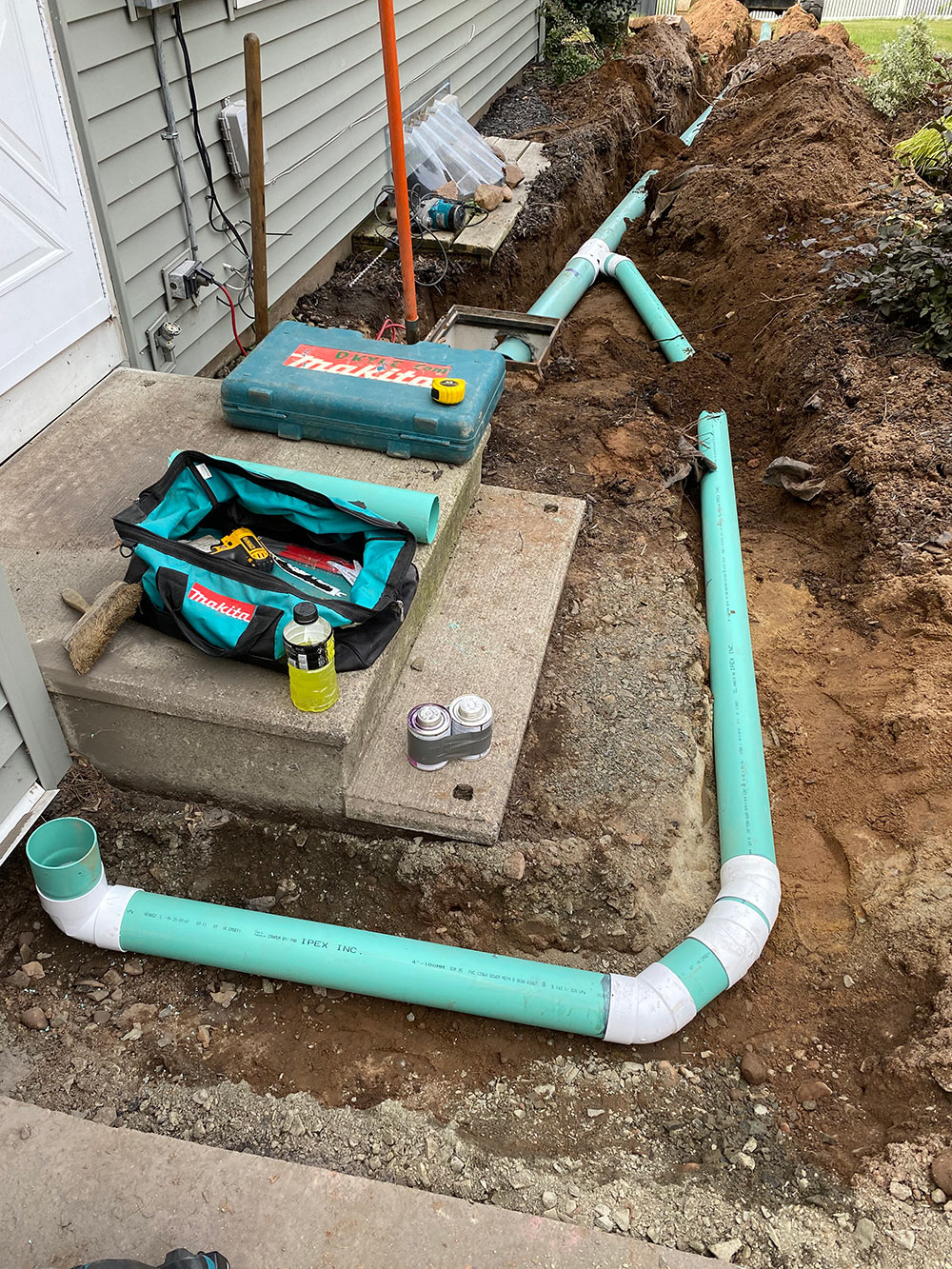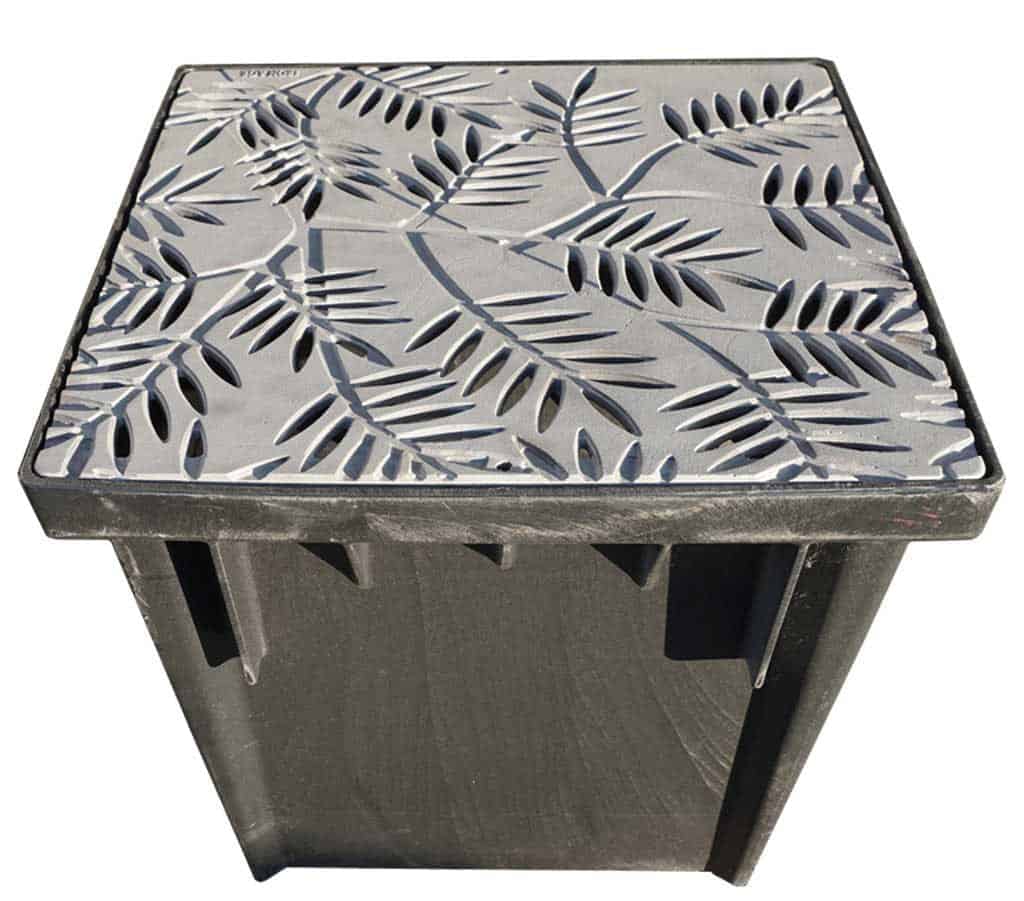


When it works, it’s like you don’t even know the whole system is there. The water comes in, the sediment settles to the bottom of the catch basin, the water then reaches a certain volume where it hits the pipe, and then it begins to drain into the pipe which connects to the main storm sewer line and then off to the main outlet. When functioning correctly, the catch basin is a remarkably elegant and time tested solution to stormwater runoff. The pipe connecting the catch basin to the storm sewer system is typically about halfway up in the Catch Basin.
CATCH BASIN SERIES
It’s connected up to the storm sewer system by a series of pitched pipes. The Catch Basin is made from a combination of steel and precast concrete or porcelain. How are Catch Basins and Storm Sewers Constructed? Source: And a vital part, too, because they’re the things that catch the water. Storm Sewers are the systems that carry the water away.Ĭatch Basins are PARTS of Storm Drains and thus of a Storm Sewer SYSTEM. Storm Drains are a type of Catch Basin, but are typically along the sides of roads to deal exclusively with storm runoff. In short, Catch Basins are holes in the ground that “catch” the rainfall or any runoff surface water. Which is fine if you’re just talking with your neighbor but if you’re talking about a commercial asphalt project we need to get a little more specific. Most people have never heard of a catch basin and instead call catch basins storm drains or storm sewers. What Are Catch Basins? Are Catch Basins Different from Storm Drains or Storm Sewers?Ĭatch Basins, Storm Sewers and Storm Drains are used interchangeably in everyday speech.


 0 kommentar(er)
0 kommentar(er)
